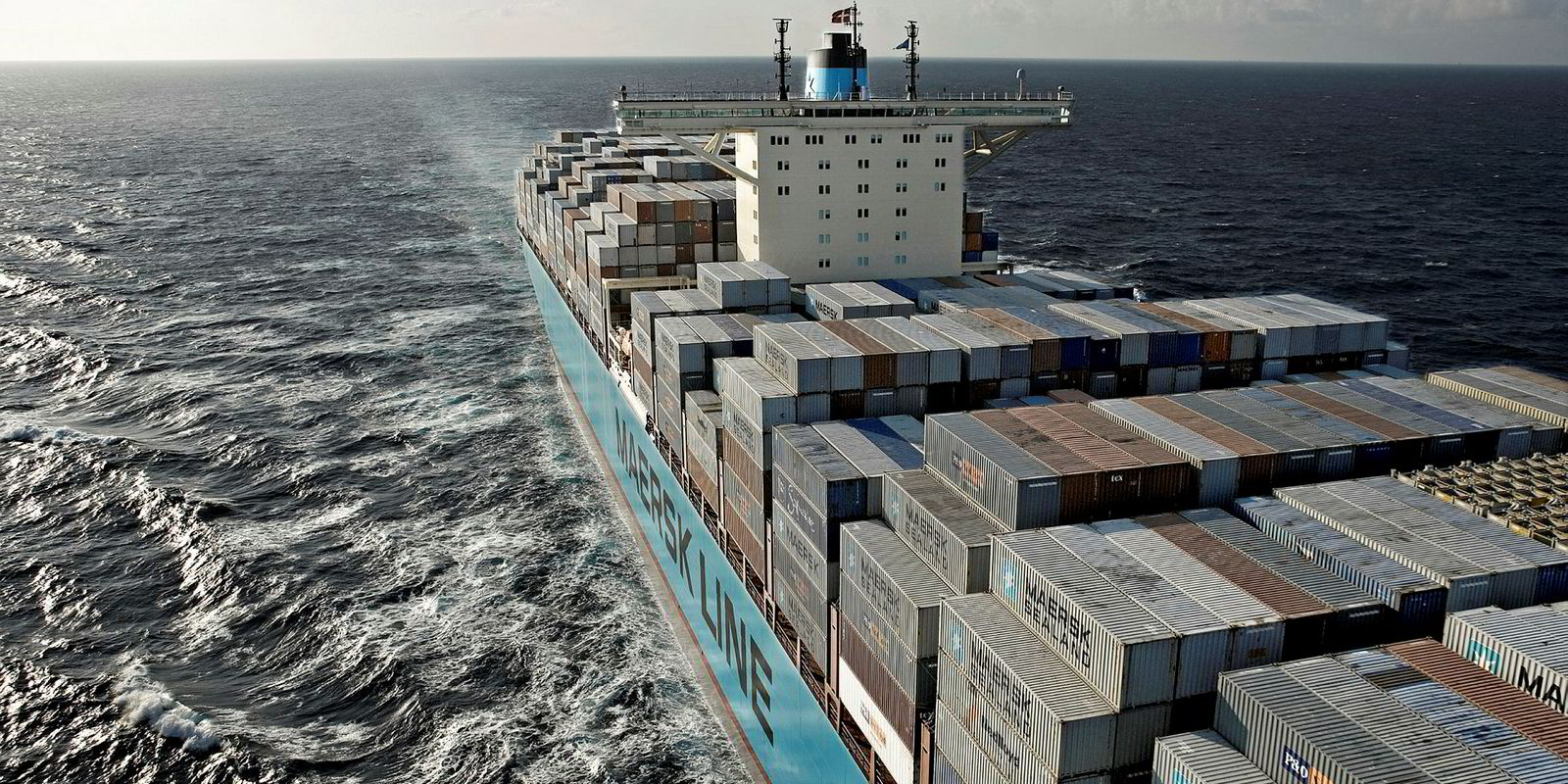The positive impact of a reduction in marine insurance capacity in the Lloyd’s of London market over the past year could be reversed if two former Catlin Group executives are successful in a $3bn project.
The Lloyd’s profit drive has already seen $100m to $150m of capacity withdrawn from the marine market.
This has been viewed as a positive factor, contributing towards a moderate hardening of hull rates, which have hit rock bottom in the past year.
There have been hopes among insurers that reinsurance rates are poised to follow.
However, a scheme reportedly being considered by former Catlin executives Stephen Catlin and Paul Brand is causing concern that the market may face more excess capacity.
The two executives are seeking to raise $3bn from private investors as start-up capacity for a reinsurance and speciality lines insurance facility in London and Bermuda.
XL Catlin is a major provider in the marine insurance market, and with a hardening cargo and hull market, underwriters suggest some of the new capacity could find its way into the marine market.
Most are concerned about the implications for reinsurance rates, but there are also worries over the primary marine market.
Clean sheet
Catlin and Brand are causing ripples because the experienced and successful partnership could enter the market with a “clean sheet” — that is, without the claims liabilities held by other underwriters — putting them in a cost-competitive position.
“I’m not sure if it will have a positive or negative effect. I guess a lot will depend on what it is designed to do — disrupt or complement the market,” one Lloyd’s underwriter commented.
Another said that although some of the capacity might find its way into the marine market, Catlin and Brand are unlikely to set up a dedicated marine vehicle. “I would be surprised if they underwrite a stand-alone marine hull account,” another market player told TradeWinds.
Others believe that the impact on hull rates of a reduction in marine capacity in the Lloyd’s market may have been exaggerated. “A lot of capacity that has left the Lloyd’s market has not gone away. It has simply been switched over to the companies market,” one Lloyd’s underwriter commented.
Another suggested that an estimated $2bn in global hull marine insurance capacity is already oversupplying the market and that more capacity is unlikely to affect rates. He said the discipline of underwriters could have the most influence over premiums.
Expensive claims
Adding to the woes of the market, two more expensive claims this year could badly affect the profit and loss of marine hull underwriting.
A fire on the 7,510-teu Hapag-Lloyd containership Yantian Express (built 2002) off the coast of eastern Canada is expected to be a significant hull and salvage claim.
Insurers are also worried about a possible big claim from a fire onboard the 6,400-ceu car carrier Sincerity Ace (built 2009) off the Hawaiian island of Oahu.





